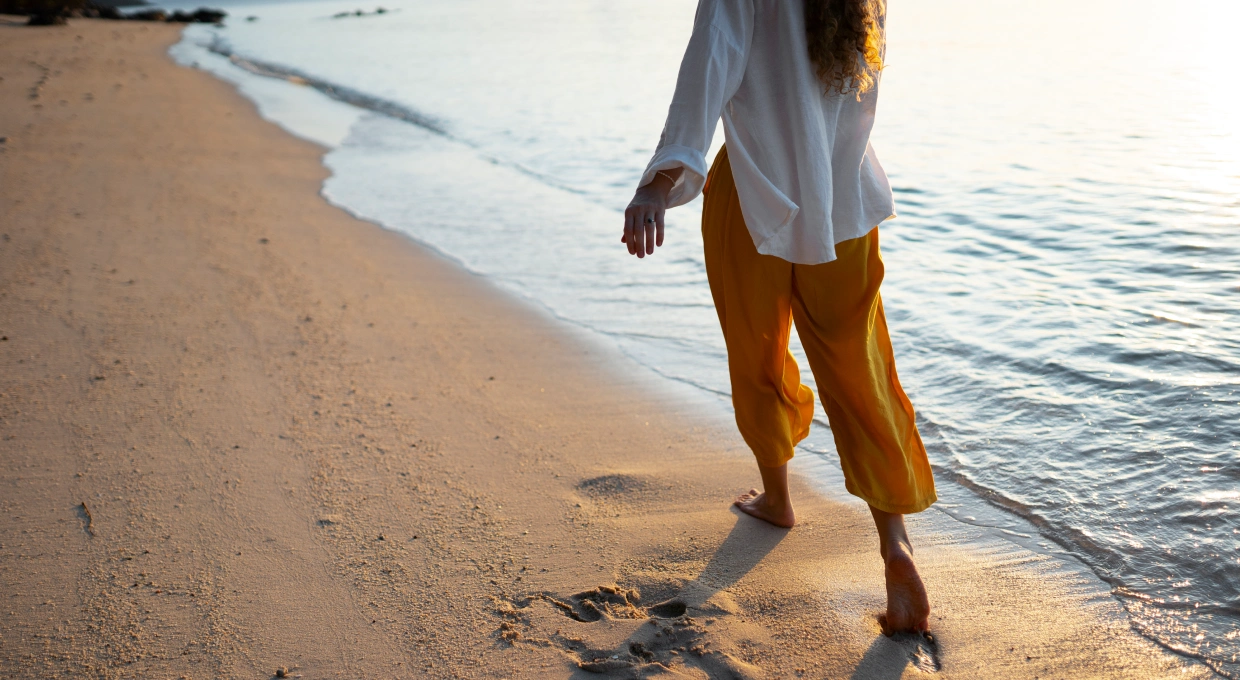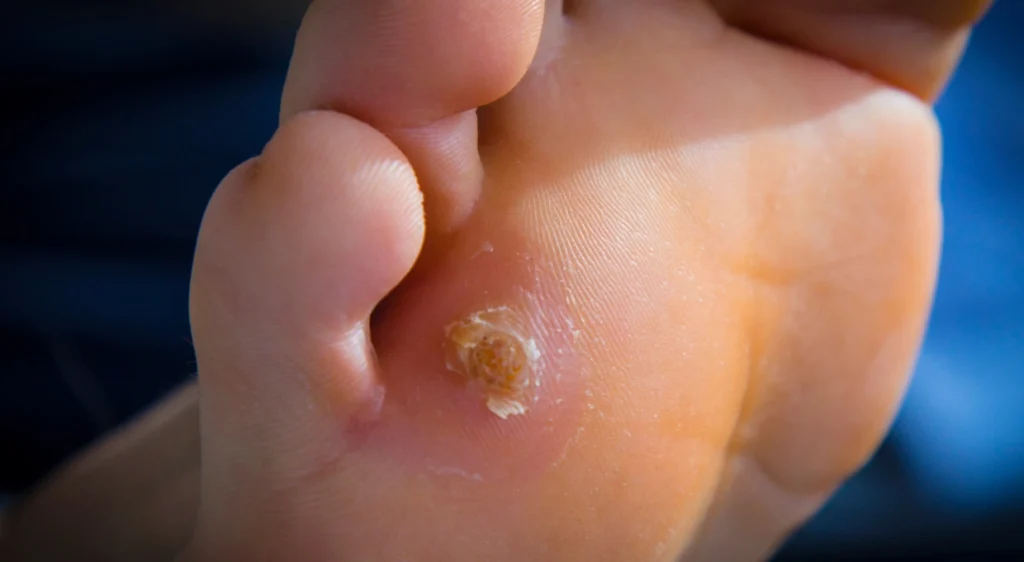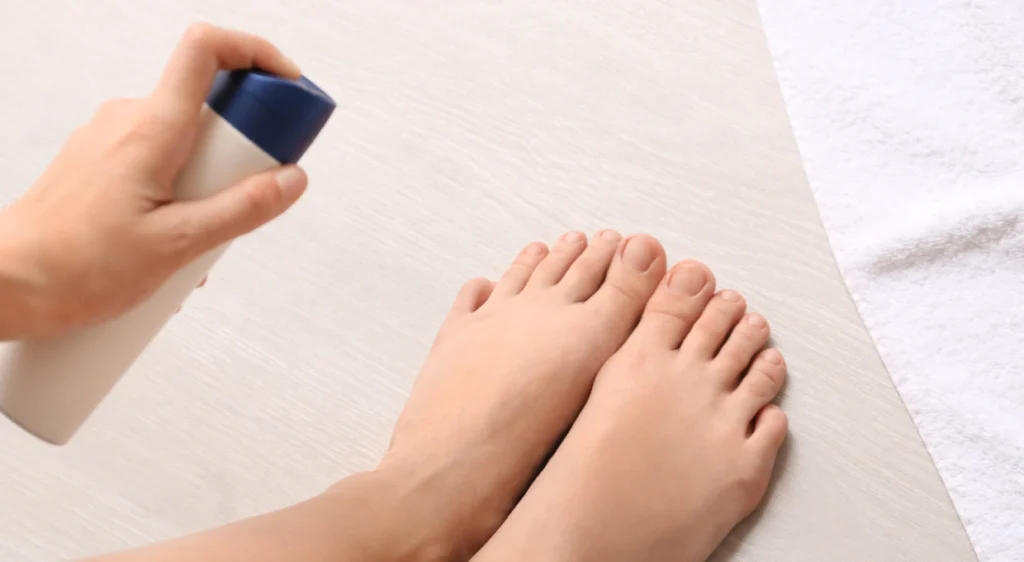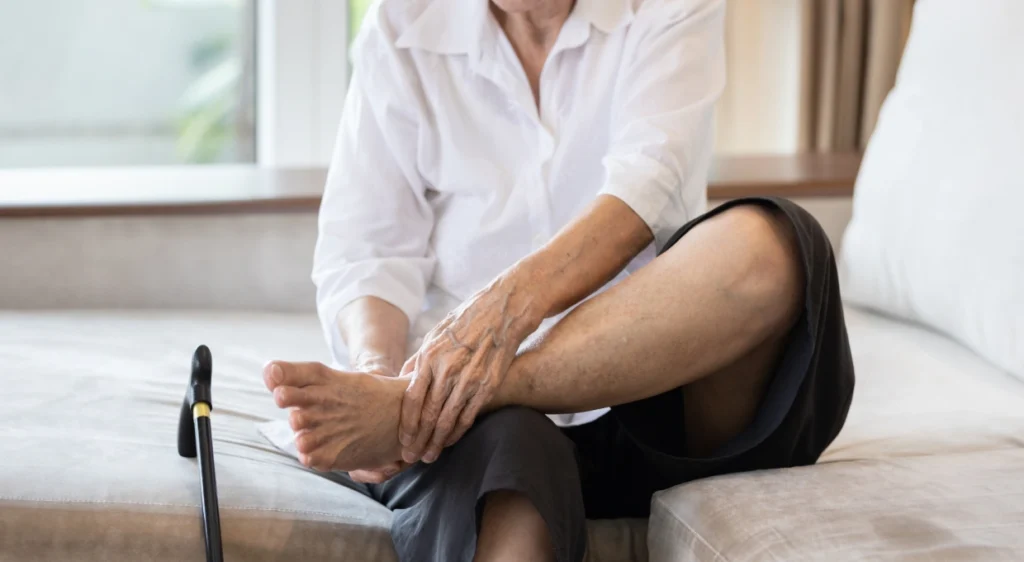Walking barefoot by the sea, with the salty breeze on your face and the sand under your feet, is almost automatically associated with freedom, pleasure and health. When shoes are dispensed with, the sensory stimulus is amplified and the experience is even more intense; however, the fact of feeling something pleasant does not necessarily mean that it is harmless to the locomotor system.
In the podiatry offices of Clínica San Román we receive patients every summer who, after several barefoot walks, have plantar pain, muscle overload or skin lesions that prevent them from continuing to enjoy their vacation. The aim of this article is to offer you a complete review of the scientific evidence and clinical experience of barefoot walking on the beach, so that you have clear criteria to decide how, when and for how long to practice barefoot walking without putting the health of your feet and your upper joints at risk.
Physiological benefits of direct contact with sand
From a strictly physiological point of view, the wet sand exerts a light massage that favors cutaneous microcirculation. The warm surface temperature, combined with the rhythmic pressure produced by walking, stimulates venous return and reduces the sensation of heaviness in the legs. In addition, the sand offers variable resistance that activates the intrinsic musculature of the foot and the ankle and knee stabilizers; this activation contributes to improving proprioception, that is, the ability of your nervous system to know the exact position of each body segment and to react accurately to changes in terrain. When walking is done first thing in the morning, the mild temperature and humidity make it easier for the muscular effort to be translated into moderate caloric consumption without overheating the body, which makes the activity a heart-healthy option for people who want to stay active during the summer months.
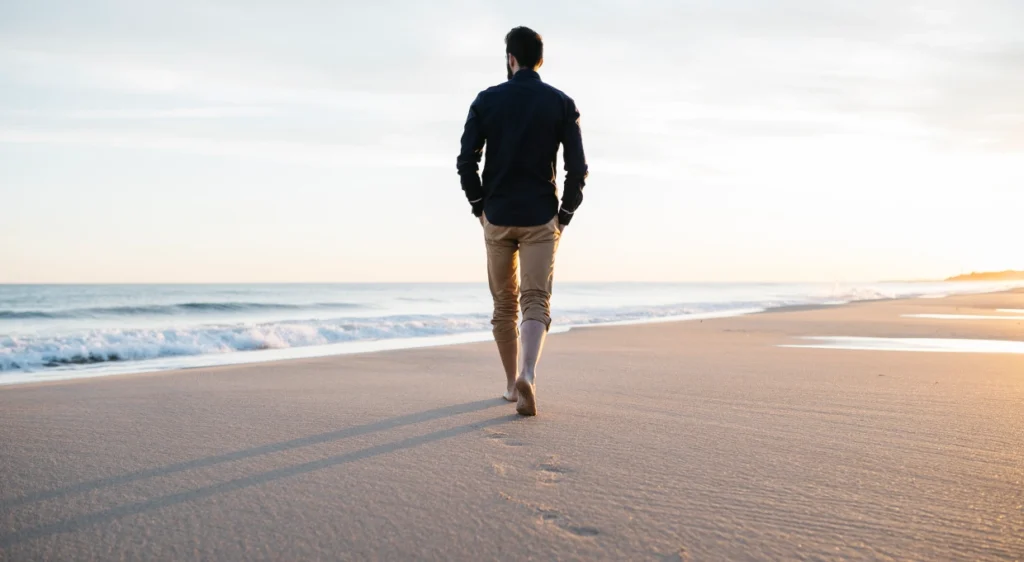
Positive impact on psychological well-being
The sensory component of sand is only part of the equation. Several studies in environmental psychology have shown that natural environments associated with water produce a restorative effect on attention and mood. The rhythmic sound of the waves, the air rich in negative ions and the sense of spatial spaciousness induce a parasympathetic response that reduces heart rate and blood cortisol levels. When this experience is combined with gentle exercise such as walking, it enhances the release of endorphins, dopamine and serotonin, neurotransmitters directly linked to feelings of well-being and sleep regulation. Thus, walking barefoot along the shore can improve the quality of nighttime rest and promote mental recovery after periods of work stress.
Biomechanics of barefoot walking: implications for feet, ankles and spine.
The lesser known side of this idyllic scenery appears when we analyze the mechanics of walking. Sand, especially loose, dry sand, gives way with each step and forces the foot to sink slightly. To pull it out and move forward, the inner calf, soleus and toe flexors contract more intensely than on a firm surface. In the short term, this extra effort can be considered a strengthening exercise; however, if the posterior leg musculature is not conditioned, it leads to early fatigue, culminating in Achilles tendon overload or even micro-tears of the plantar fascia. On the other hand, the sloping ground near the tide line means that one foot is always at a lower level than the other, which introduces a dynamic pelvic unevenness. This asymmetry, repeated over several kilometers, transmits torsional forces to the knee and sacroiliac joint, altering the alignment of the lumbar spine and increasing the risk of low back pain.
Invisible skin risks and microtraumas
Most walkers focus their attention on the immediate feeling of comfort and overlook the microscopic hazards hidden in the sand. Fragments of shell, splinters of wood, small stones and even metal debris camouflage themselves beneath the surface. Repeated contact or unfortunate support can lead to tiny cuts or punctures which, in people with diabetic neuropathy, are slow to heal and quickly become infected because of the moisture. Also, constant friction on the epidermis acts as an exfoliant and increases the risk of flaking, blisters and painful cracks in the heel, especially when the skin is dry or cracked from sun exposure.
Dry sand versus wet sand: which to choose and why
Choosing the right stretch of sand makes the difference between a refreshing walk and a session of overexertion. Dry sand, due to its low density and high instability, requires muscular work that can double the energy load compared to walking on solid ground. This increased resistance is useful for those seeking to intensify gluteal and calf training, provided they are in good physical condition and limit the duration to periods of less than twenty minutes. The wet sand contains more water and offers firmer support, thus better distributing plantar pressure and reducing fatigue. For most users, particularly for older or overweight people, wet sand is the recommended option, as it combines sensory stimulation with reduced biomechanical risk.
Planning the walk: prior recommendations and safe progression
Before venturing barefoot on the beach, it is advisable to prepare the muscles by gently stretching the calves, hamstrings and plantar fascia. Taking a few dozen steps on the carpet at home, simulating walking on sand, helps to activate the cutaneous mechanoreceptors. The progression should be gradual: start with ten-minute walks on wet sand, intersperse with breaks and increase the time in stages every three days. Avoid the middle of the day, when the surface temperature can exceed 40 degrees and cause plantar burns. If the skin is calloused, apply a moisturizing cream the night before to improve elasticity and minimize cracking. Carrying a small bottle of water and a clean cloth facilitates immediate cleaning in case of injury.
Barefoot walking technique
The key to reducing undue loads lies in shortening the stride and keeping the center of gravity aligned over the forefoot. Land softly on the forefoot first, allow the heel to contact progressively and finish the stride by pushing off with the first metatarsal; this pattern decreases impact force and distributes weight more evenly. Look a few feet ahead to keep the spine straight and avoid cervical flexion. Keep your shoulders relaxed and swing your arms in sync with your legs to stabilize your trunk. If the beach has a steep slope, walk back and forth along the same strip; this will compensate for the side slope and avoid overloading one side of the body.
Warning signs in barefoot walking
Stop immediately and seek firm ground if there is sharp pain at the base of the heel, a pinching sensation in the medial arch or noticeable swelling of the Achilles tendon. Prolonged numbness or sudden loss of strength in the toes indicates nerve overload and requires professional assessment. If persistent redness, bleeding or blisters are observed, clean the area with saline, apply an antiseptic and cover with sterile dressing, then postpone further walking until the epidermis heals completely.
Minimalist footwear and other alternatives
For those who want the sensory benefits of barefoot walking but need additional protection, minimalist shoes with thin, flexible soles can be a compromise. These sandals or booties allow the foot to move naturally, provide some cushioning and protect the skin from sharp objects. Another option is to alternate five minutes barefoot and five minutes in lightweight, breathable mesh slippers; this method combines proprioceptive stimulation with periods of off-loading and is especially useful for people with a history of plantar fasciitis.
Conclusions of barefoot walking
Walking barefoot on the beach is an activity that, if well planned and executed with knowledge, can provide cardiovascular, muscular and psychological benefits. However, its apparent harmlessness hides risks that should be assessed individually: the instability of the terrain, objects hidden in the sand, lateral inclination and accumulated fatigue can turn a summer pleasure into a source of injury. Listening to your body’s signals, starting with short sessions and choosing the right stretch of shore are the basis of a safe experience.
Do you have doubts about whether your footprint is suitable for barefoot walking or have you noticed discomfort after your walks? At Clínica San Román we offer you a multidisciplinary team specialized in podiatry, biomechanics and rehabilitation. Call 965 921 156 or fill out our contact form to arrange a personalized assessment. We will help you enjoy the sea with the peace of mind of knowing that every step takes care of your health.

